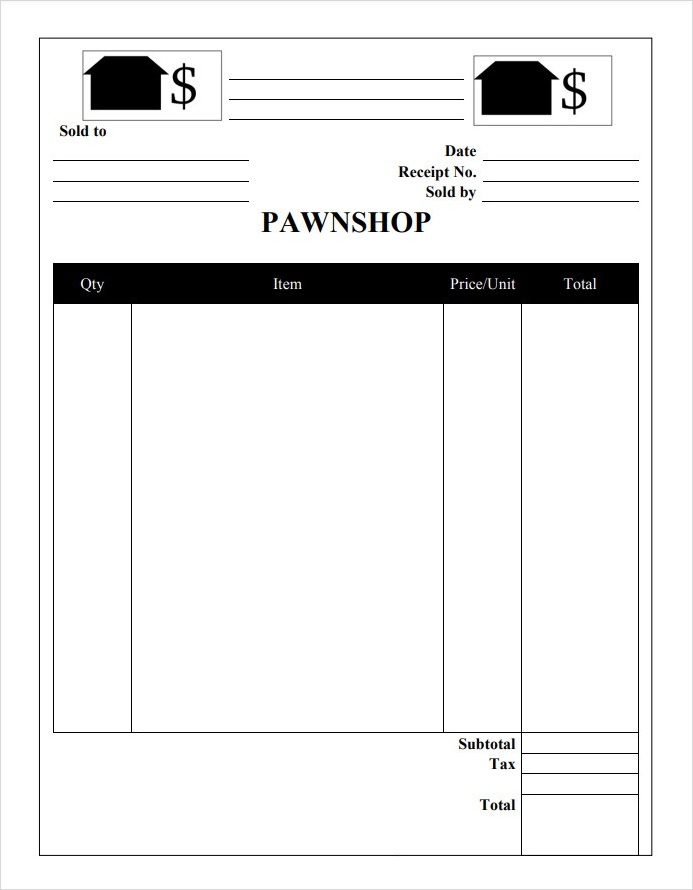
When running pawn shops, keeping accurate records is essential. One crucial document that both pawnbrokers and customers rely on is the pawn shop receipt. This receipt serves as proof of the transaction and outlines the terms and conditions of the pawn agreement. In today’s digital age, pawn shop receipts offer convenience and efficiency.
This guide will explore what pawn shop receipts are, why they are important, how to create them, and provide tips for successful record-keeping.
What is a Pawn Shop Receipt?
A pawn shop receipt is a document that details the specifics of a pawn transaction. It includes important information such as the date of the transaction, the customer’s name and contact information, a description of the pawned item, the loan amount, interest rates, and any additional fees or charges.
The receipt serves as proof of the transaction and protects both the pawnbroker and the customer.
Why are Pawn Shop Receipts Important?
pawn shop receipts are important for several reasons:
- Legal Compliance: Pawn shops are subject to various local, state, and federal regulations. Having accurate and detailed records, including receipts, ensures compliance with these laws.
- Proof of Ownership: A pawn shop receipt acts as proof of ownership for the pawnbroker. It shows that the customer legally possesses the item and has pawned it willingly.
- Dispute Resolution: In case of any disputes or misunderstandings, a pawn shop receipt provides evidence of the agreed-upon terms and conditions. It helps resolve conflicts between the pawnbroker and the customer.
- Customer Confidence: Providing a well-documented receipt to customers enhances their trust and confidence in the pawn shop. It shows transparency and professionalism.
How to Create Pawn Shop Receipts
Creating pawn shop receipts can be done using various methods:
- Template Software: Use receipt template software or online platforms specifically designed for creating receipts. These tools offer customizable templates that include all the necessary fields for a pawn shop receipt.
- Microsoft Word or Google Docs: Utilize word processing software like Microsoft Word or Google Docs to create your receipt template. Customize the layout, fonts, and colors to match your pawn shop’s branding.
- Online Receipt Generators: Explore online receipt generators that allow you to input the required information and generate a receipt instantly. These generators often provide customization options and save time.
Regardless of the method you choose, ensure that your pawn shop receipt includes the following information:
- Date and Time of Transaction: Include the exact date and time when the pawn transaction took place. This information is crucial for record-keeping and legal compliance.
- Customer Details: Include the customer’s name, contact information, and any identification details required by your local regulations.
- Description of Pawned Item: Provide a detailed description of the item being pawned, including any unique identifiers such as serial numbers, brand names, or distinguishing features.
- Loan Amount and Terms: Clearly state the loan amount offered to the customer and the terms of the loan, including interest rates, repayment periods, and any additional fees or charges.
- Pawn Expiry Date: Specify the date by which the customer must redeem their item or extend the pawn agreement.
- Terms and Conditions: Include a section outlining the terms and conditions of the pawn agreement, such as the consequences of non-payment or late payment.
- Pawnbroker’s Contact Information: Provide the pawnbroker’s contact information, including the shop’s name, address, phone number, and email address.
Example of a Pawn Shop Receipt
Here are some examples of pawn shop receipts:

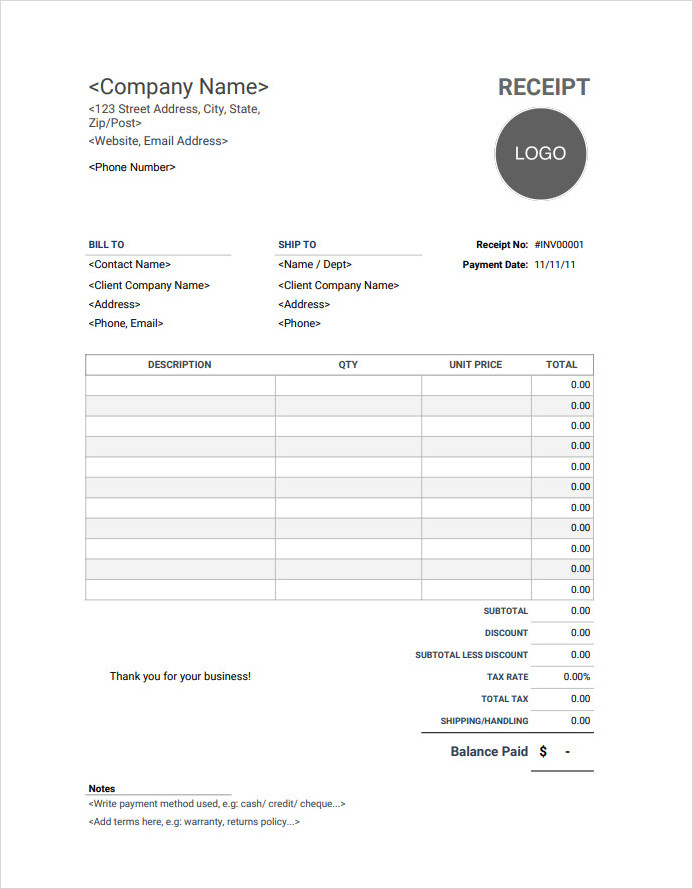
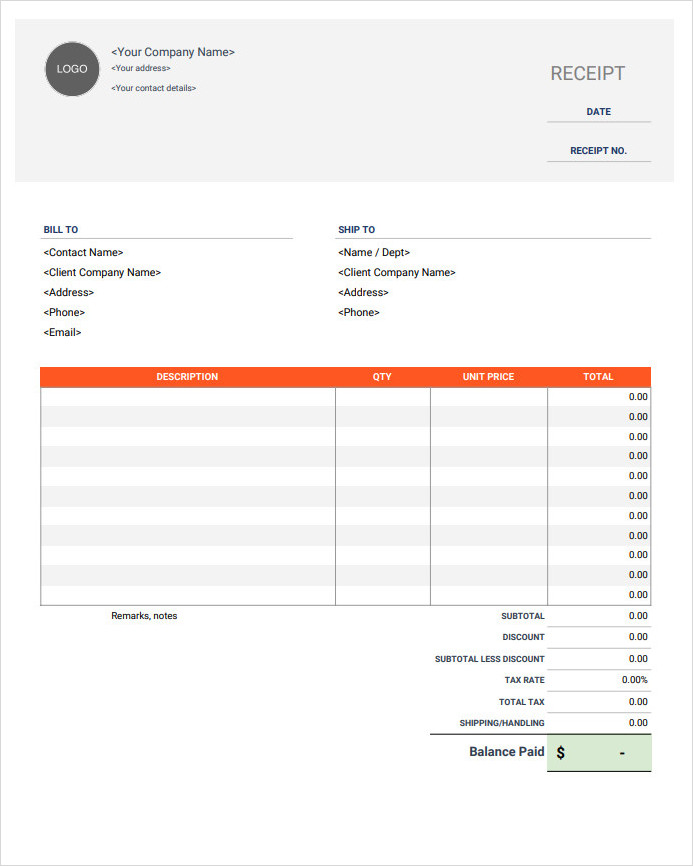
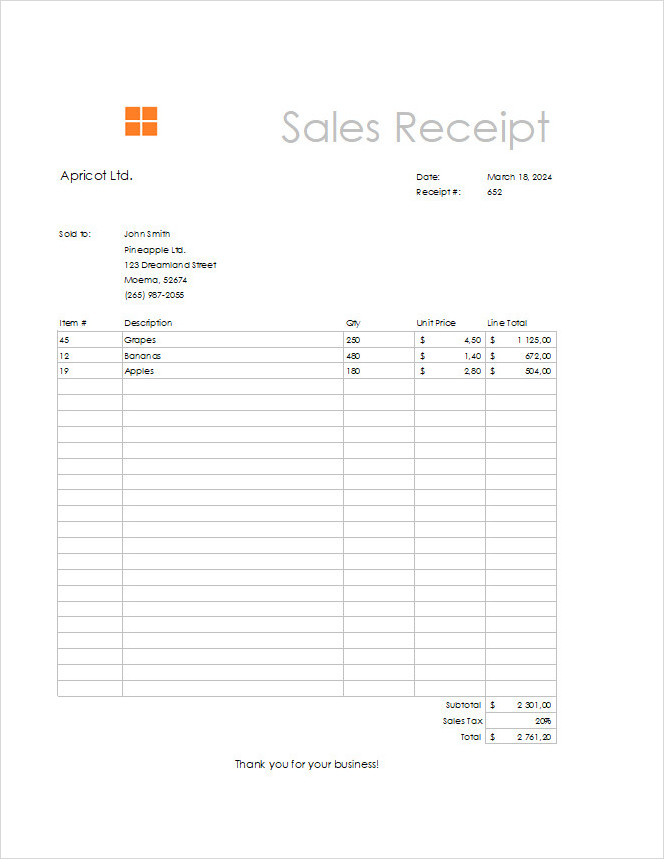
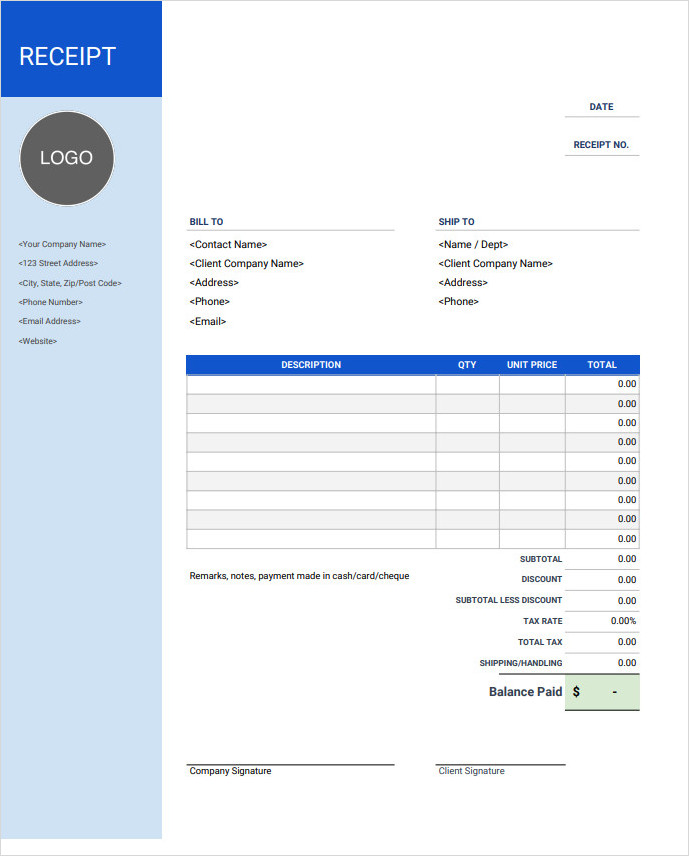
Tips for Successful Record-Keeping
Keeping accurate records is crucial for the smooth operation of a pawn shop. Here are some tips for successful record-keeping:
- Implement a Digital System: Use digital software or tools to create and store pawn shop receipts. This ensures easy access, organization, and backup of important records.
- Maintain a Centralized Database: Store all pawn shop receipts in a centralized database or filing system. This allows for quick retrieval and reference when needed.
- Regularly Update Records: Ensure that all transactions are promptly recorded and updated in the system. This helps prevent errors and discrepancies.
- Train Staff on Record-Keeping: Provide proper training to your staff on the importance of accurate record-keeping and how to properly create and manage pawn shop receipts.
- Periodically Audit Records: Conduct regular audits of your records to identify any discrepancies or issues. This helps maintain the integrity of your records and ensures compliance.
- Secure and Protect Records: Implement security measures to protect your records from theft, damage, or unauthorized access. This may include password protection, fireproof safes, or cloud-based storage solutions.
Free Pawn Shop Receipt Template!
Pawn shop receipts play a vital role in the pawn industry. They serve as legal documents, provide proof of ownership, and facilitate smooth transactions between pawnbrokers and customers. By following the tips provided in this guide and utilizing the appropriate tools, pawn shop owners can ensure accurate record-keeping and maintain a professional and efficient operation.
Pawn Shop Receipt Template – Download